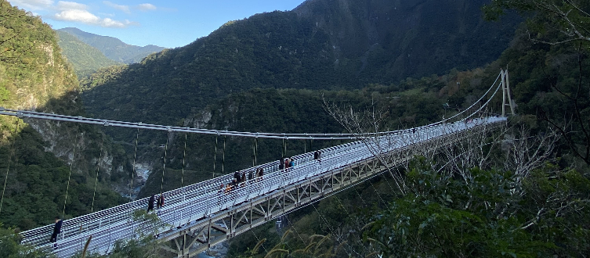5 DAYS
Greeting for arrival and transfer to Taipei
Tour:
Chiang Kai-Shek Morning Hall - Longshan Temple - Taipei 101 - Hsinyi shopping Area
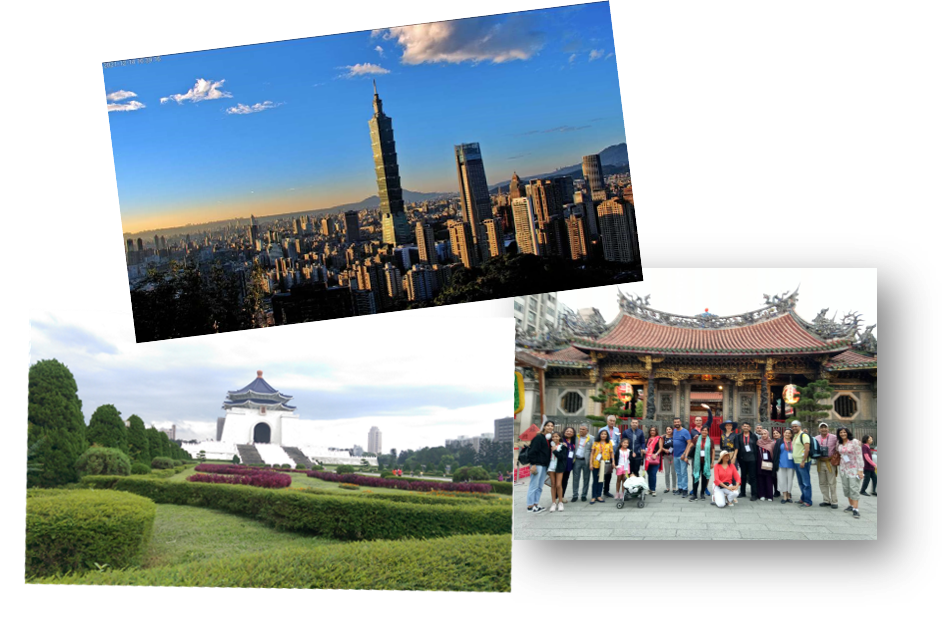
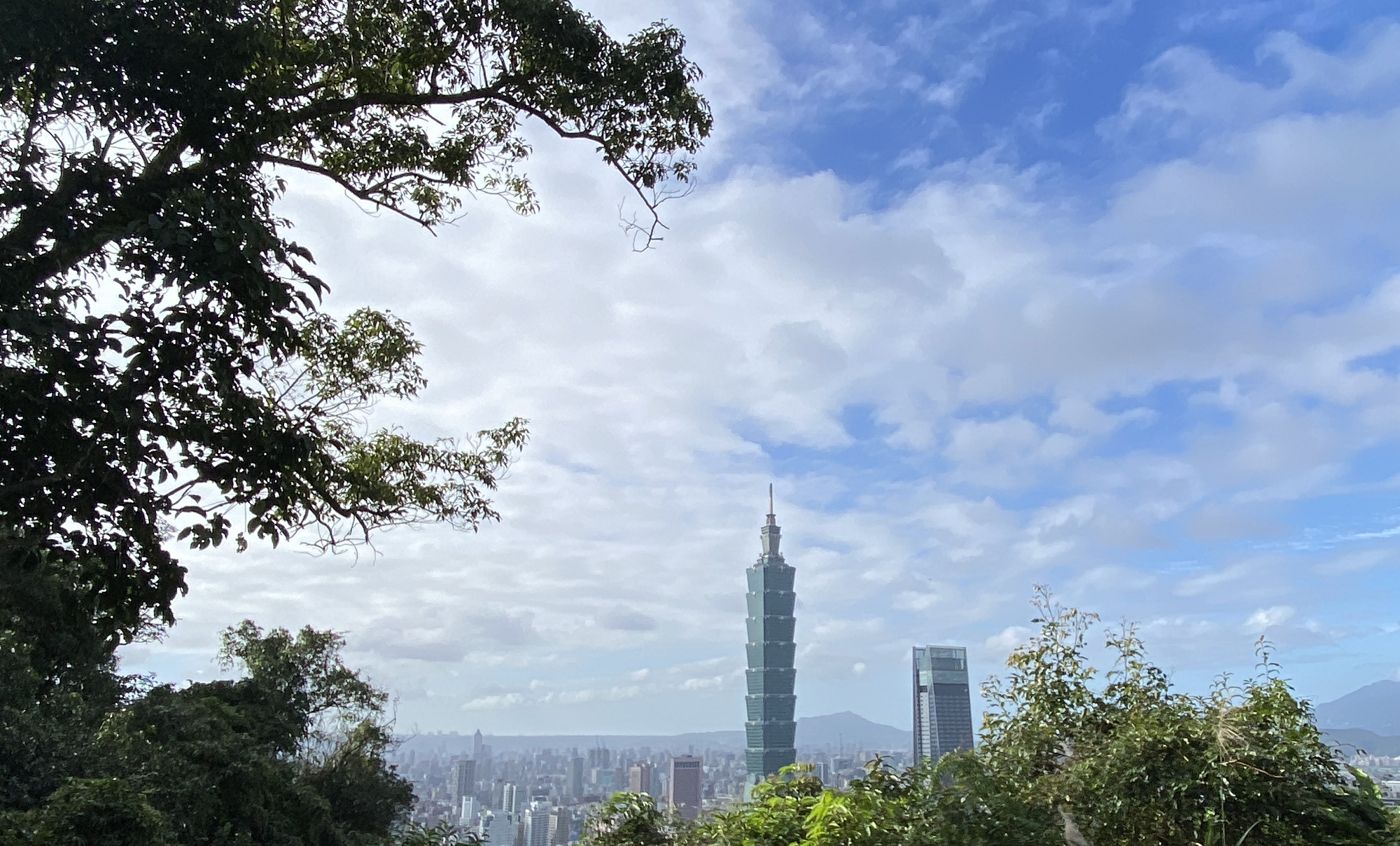
Taipei 101
The Taipei 101 is designed to resemble a growing bamboo stalk, a symbol of everlasting strength in Chinese culture.
Taiwan doesn't have many ostentatious records in its history, but Taipei 101, designed by local architect C.Y. Lee, brings one.
It was the first skyscraper to go past the half-kilometer mark and it sat at the pinnacle of the skyscraper world from 2004 to 2009.
Taipei 101 can also claim to have the world's fastest passenger elevator.
At an ear-popping 1,010 meters per minute, it takes 37 seconds to catapult passengers from the fifth floor to the highest point in Taiwan.
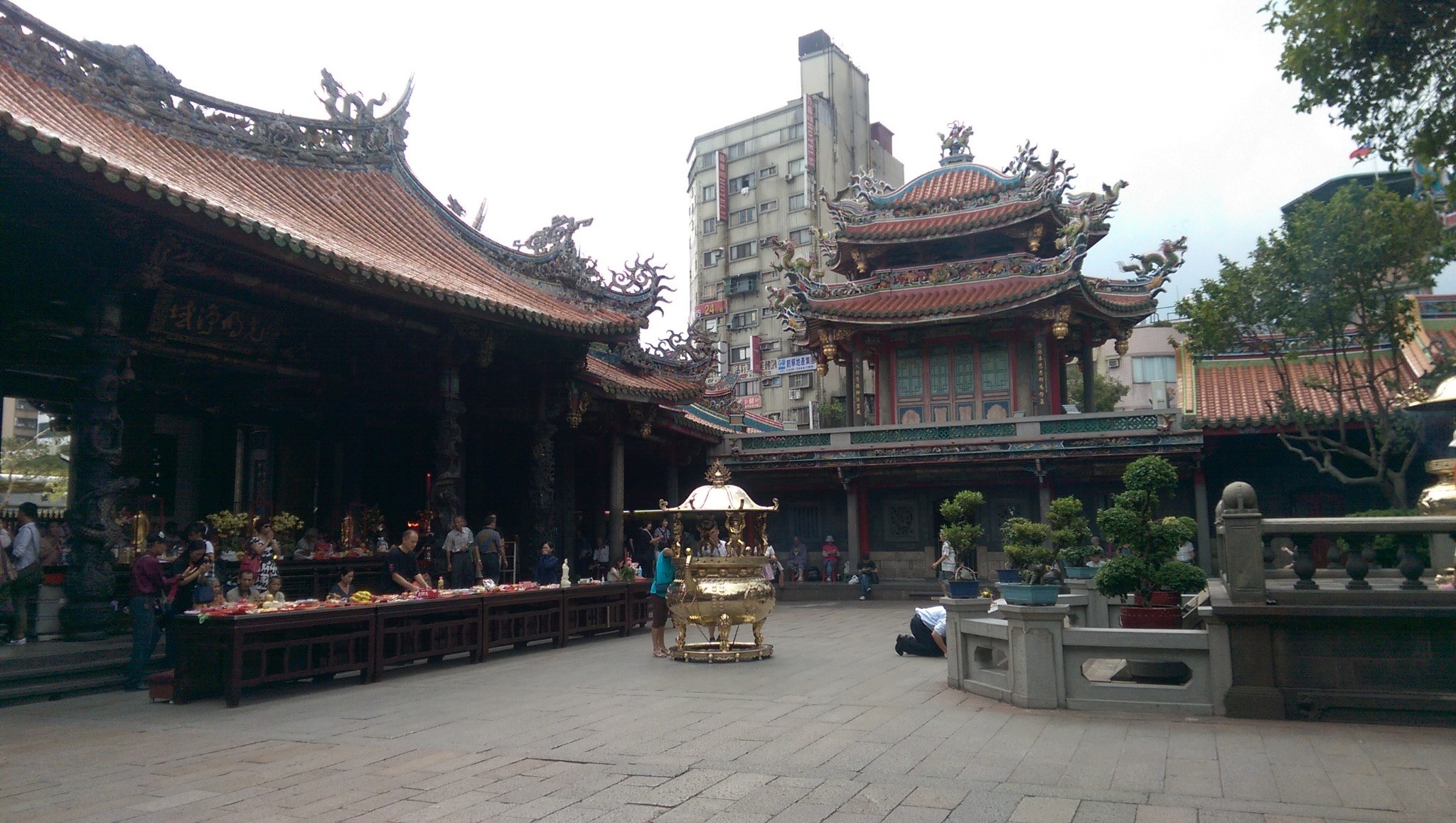
Longshan Temple
The Long Shan Temple originated its name from the ancient Lungshan Temple established in Chin-chiang county of Fukien province in the seventh century. Immigrants from the three counties Chin-chiang, Nan-an and Hui-an of Fukien came to Manka in the beginning of the eighteenth century.
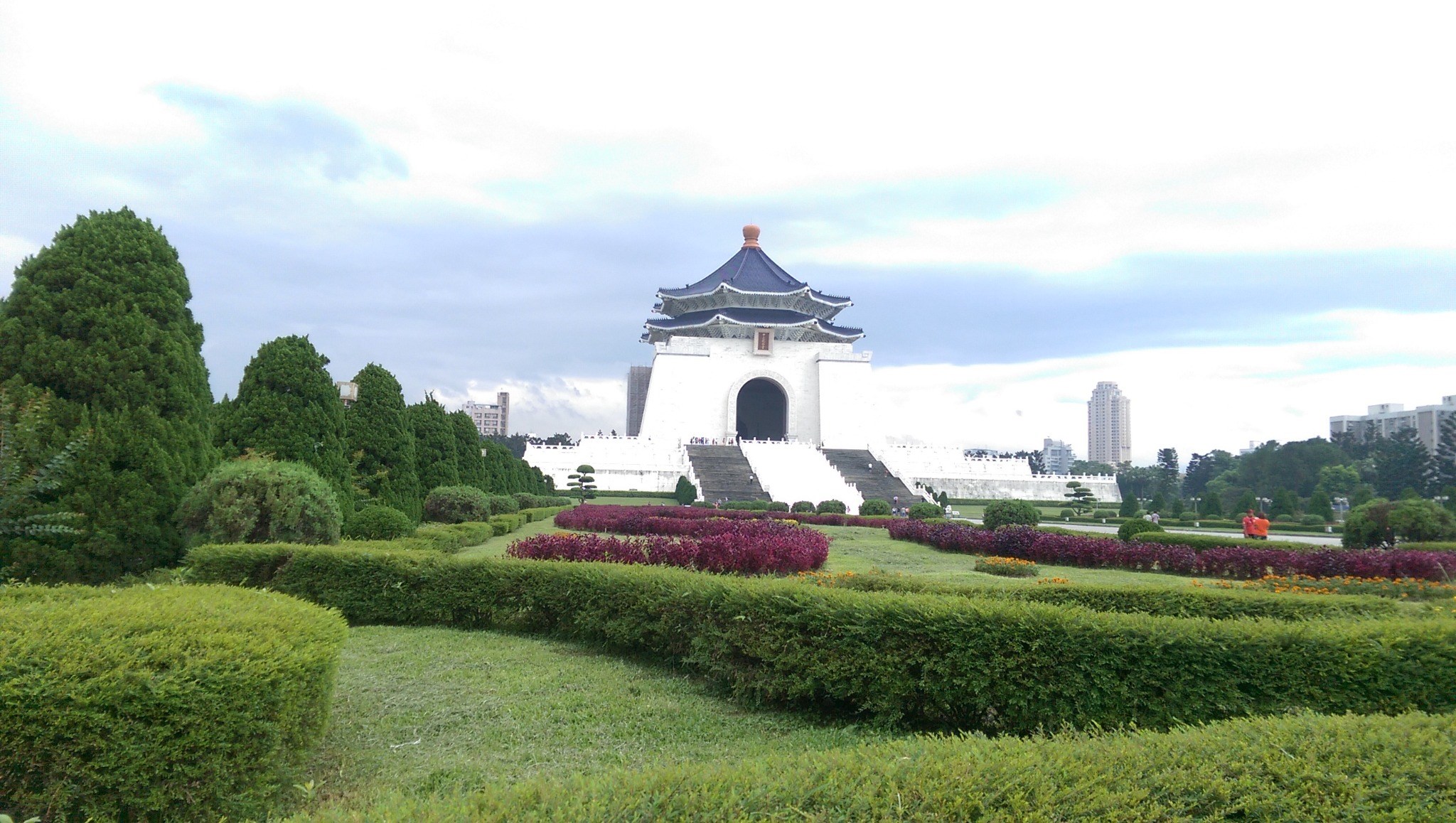
Chiang Kai-Shek Memorial Hall
The most prominent historical landmark in Taiwan, the CKS Memorial Hall was erected in honor and memory of Generalissimo Chiang Kai-shek, the former President of the Republic of China, and was opened in 1980 as part of a national park and gathering area.
The name of the square is officially Liberty Square (自由廣場), as seen above the front gate, however the name change was politically motivated and most people in practice still refer to the entire complex as CKS Memorial Hall.
The octagon-shaped white building rises 76 meters and is covered with blue tiles and red accents, echoing the flag of the Republic of China. The eight sides represent the Chinese cultural symbolism of the number eight which is traditionally associated with fortune and wealth. The two sets of 89 steps represent Chiang's age of death and lead up to main hall housing a large bronze statue of Chiang protected by military personnel which change hourly.
The characters behind Chiang's statue read "Ethics", "Democracy", and "Science", and the inscriptions on the side read "The purpose of life is to improve the general life of humanity" and "The meaning of life is to create and sustain subsequent lives in the universe".
Below the hall is a museum documenting Chiang's life and career, as well as exhibits about Taiwan's history, pan-Chinese culture and history, and the ROC's development after moving to Taiwan.
-
-
v
v
-
4-star or 5-star hotel in Taipei
Breakfast at Hotel
Check out and transfer to Taroko
Tour: National Taroko Park - Qingshui Cliff - Shakadang Trail - Buluowan Suspension Bridge
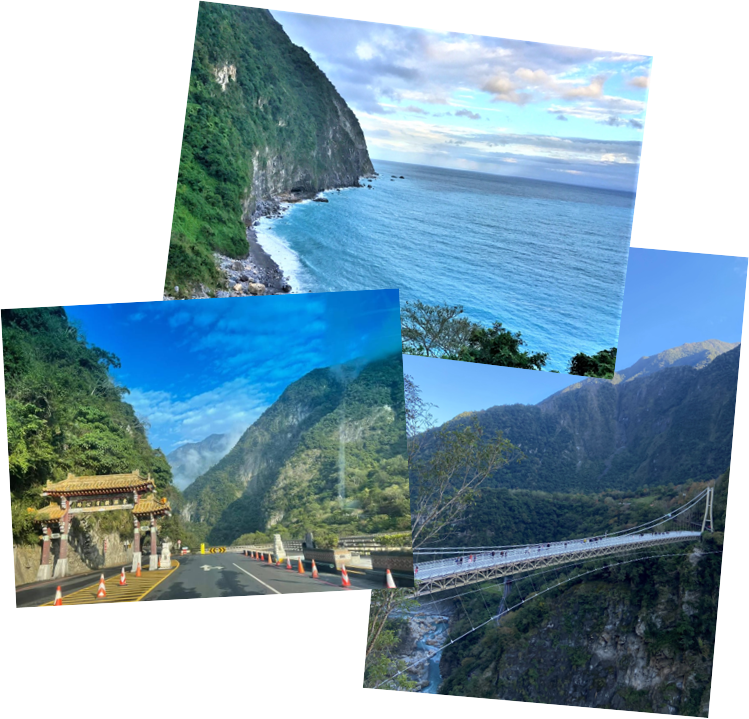
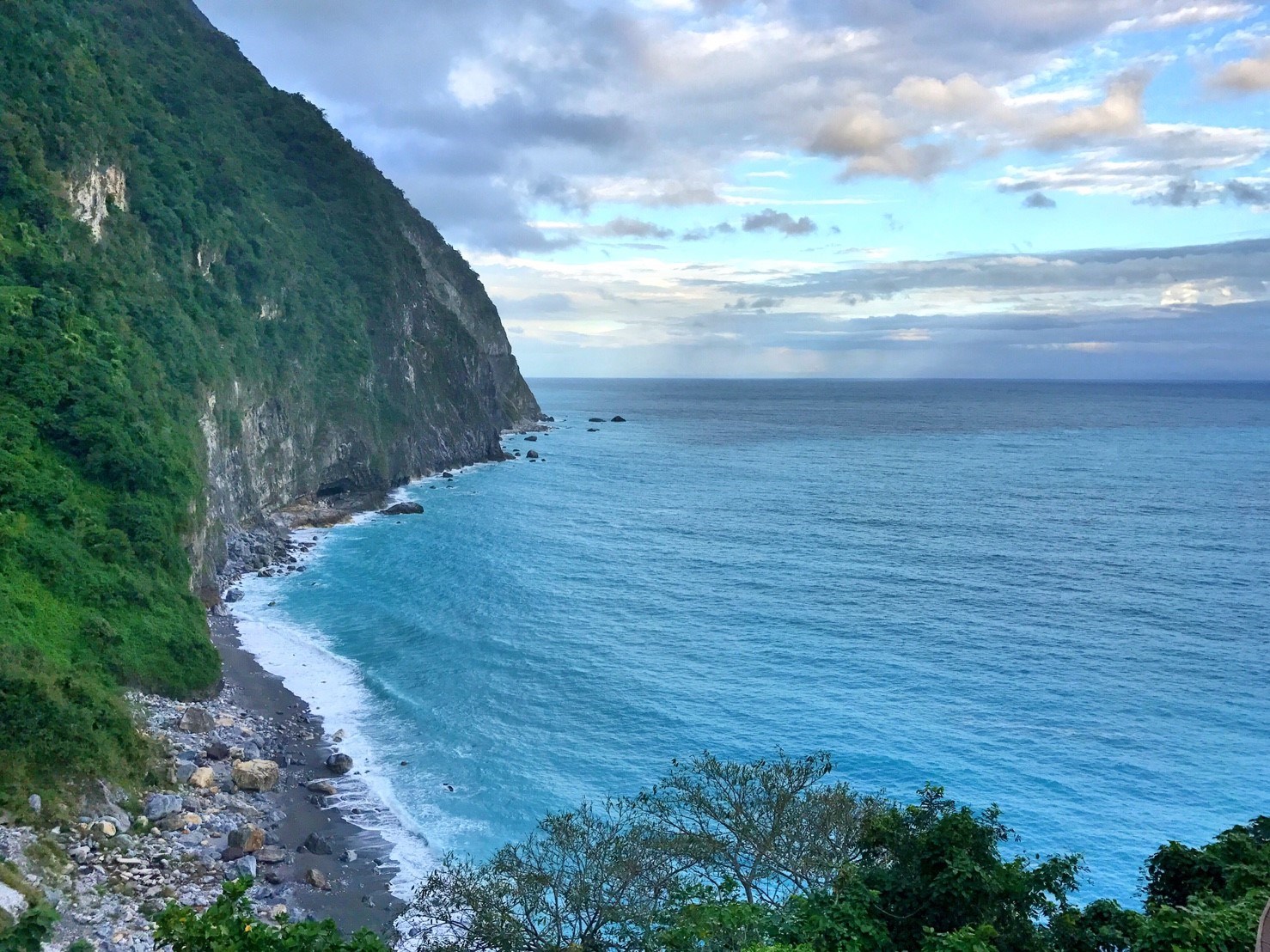
Qingshui Cliff
Qingshui Cliff, located on the section of the Suao-Hualien Highway that stretches between Heping and Chongde stations, is one of the most spectacular sights on Taiwan's Pacific coast. The cliff is more than 1,000 meters high and drops almost vertically into the sea. The highway snakes along its curving face more than 20 kilometers, with the sheer cliff rising on one side and a sheer drop to the ocean on the other.
-
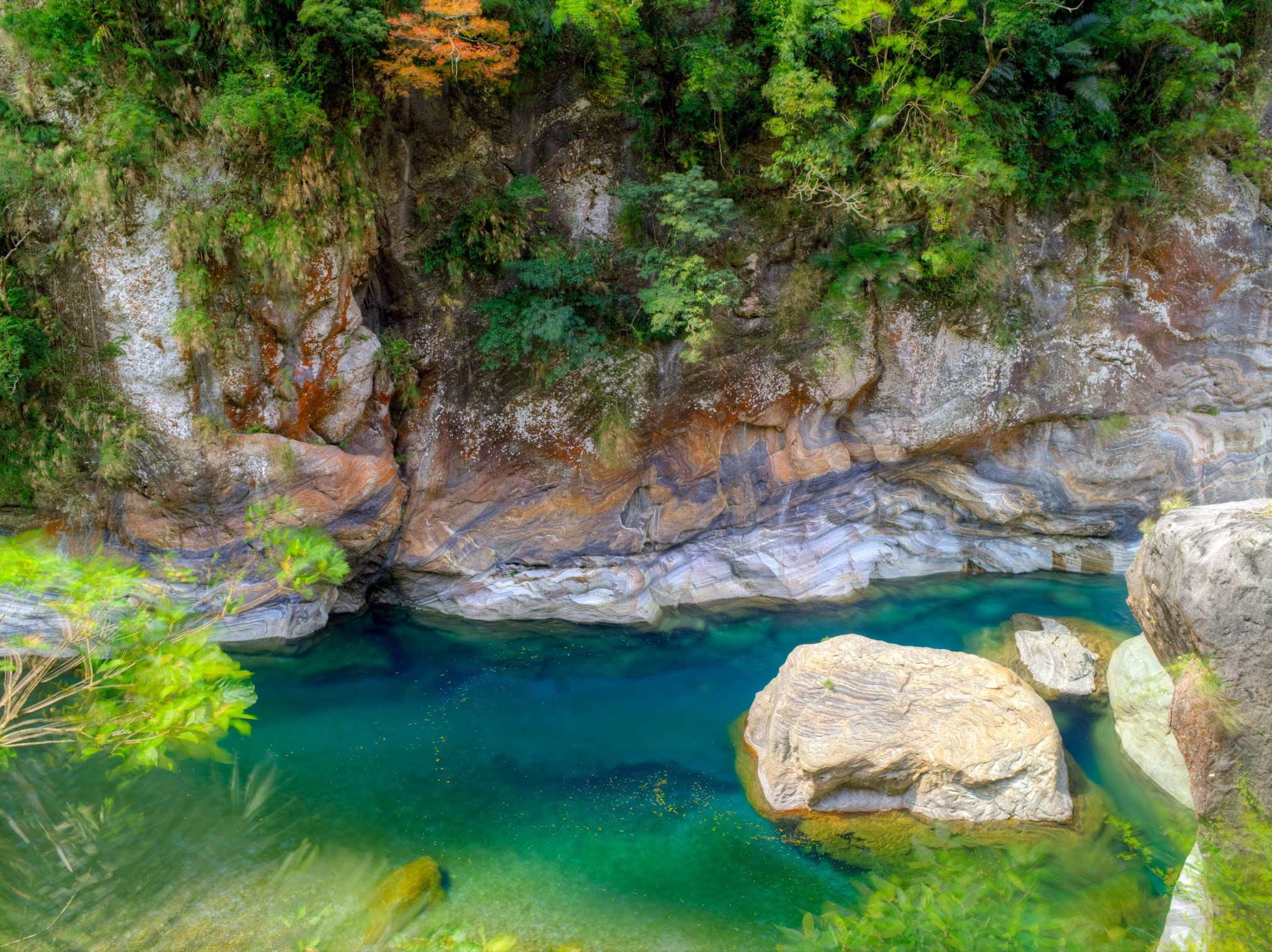
shakadang Trail
The entrance to this trail is conveniently located only a minute or so from the entrance of Taroko Gorge, behind the Shakadang Toll Station. To reach the trailhead, follow the path behind the toll station that leads down toward Liwu River. After crossing the stream, follow the bank until the river forks at the Shakedang tributary. The trailhead can be found nearby on the right bank of the tributary.
Prospectors seeking the gold sand for which the river was known cut this trail during the Japanese occupation. Although the gold has been fully exploited, the sunlight on the clear water produces a different and perhaps even more beautiful glimmering sight. And after walking for about 25 minutes along the trail, hikers reach a platform. This provides an excellent view of the emerald green waters of Shakadang Stream and the folded strata of marble that form its banks. A wooden walkway leads away from the main Mystery Valley Trail and follows the stream. On weekends, this is a very popular spot, and for those looking to enjoy the tranquility of nature, continuing along the main trail probably offers greater potential. A leisurely progress to the top of the trail and back takes approximately 4~5 hours. -
Bulouwan Shanyuei Suspension Bridge
"Shanyue Suspension Bridge" crosses the Liwu River from the Buluowan terrace and overlooks the magnificence of Taroko Gorge from a high perspective. It will be renamed! The "Taroko National Park Indigenous Area Resources Co-management Association" (hereinafter referred to as the "Co-management Association") has decided to change the name of the Shanyue Suspension Bridge to "Buluowan Suspension Bridge," adhering to the traditional name of the local Taroko people. Taroko National Park has gradually updated the signage and website information. Further publications will follow the new bridge name. Due to the adjustment of the online reservation system of the suspension bridge, reservations will be temporarily suspended from 9:00 am to 12:00 pm on May 16, 2022.
Some members proposed to restore the traditional place names to that of the Truku tribe during the joint management committee held last year. Respecting the wishes of the local people and the historical/cultural connotation of the Truku people, the name change to "Buluowan Suspension Bridge" was enacted by Taroko National Park HQ.
Buluowan Suspension Bridge (formerly known as Shanyue Suspension Bridge) is 196 meters long and 153 meters above the Liwu Valley. It officially opened on August 12, 2020. It is a barrier-free suspension bridge, accessible for wheelchairs and strollers. It is suitable for tourists of all ages. The bridge provides a great perspective of the Taroko Gorge, and it has become a popular attraction for many tourists since its opening. -
National Taroko Park
Taroko National Park was established on November 28, 1986, it was of special significance for the environmental protection movement in Taiwan: it showed that both the public and the government agencies had realized that against the background of the nation's four decades of extraordinary economic success, serious damage was being done to its natural resources. According to the National Park Act of the Republic of China (passed in l972), parks are established to protect the natural scenery, historic relics and wildlife; to conserve natural resources; and to facilitate scientific research and promote environmental education.
Taroko National Park, situated in the eastern part of the Taiwan and established on November 28, 1986, covers more than 92,000 hectares in the northern section of the Central Mountain Range. This park features high mountains and sheer gorges. Many of its peaks tower above 3,000m in elevation, with many natural wonders. The spectacular Taroko Gorge and the scenic beauty of Liwu River can be conveniently viewed from the Central Cross-Island Highway. The varied mountain peaks, numerous waterfalls, diverse plant forms and animal life, together with the indigenous Taroko people, create the rich texture of this unique natural ecosystem.
-
v
v
v
-
Taroko Village Hotel or Silks Place Taroko
Breakfast at Hotel
Tour:
Baiyan Trail - Swallows Grotto - Tunnel of Nine Turns
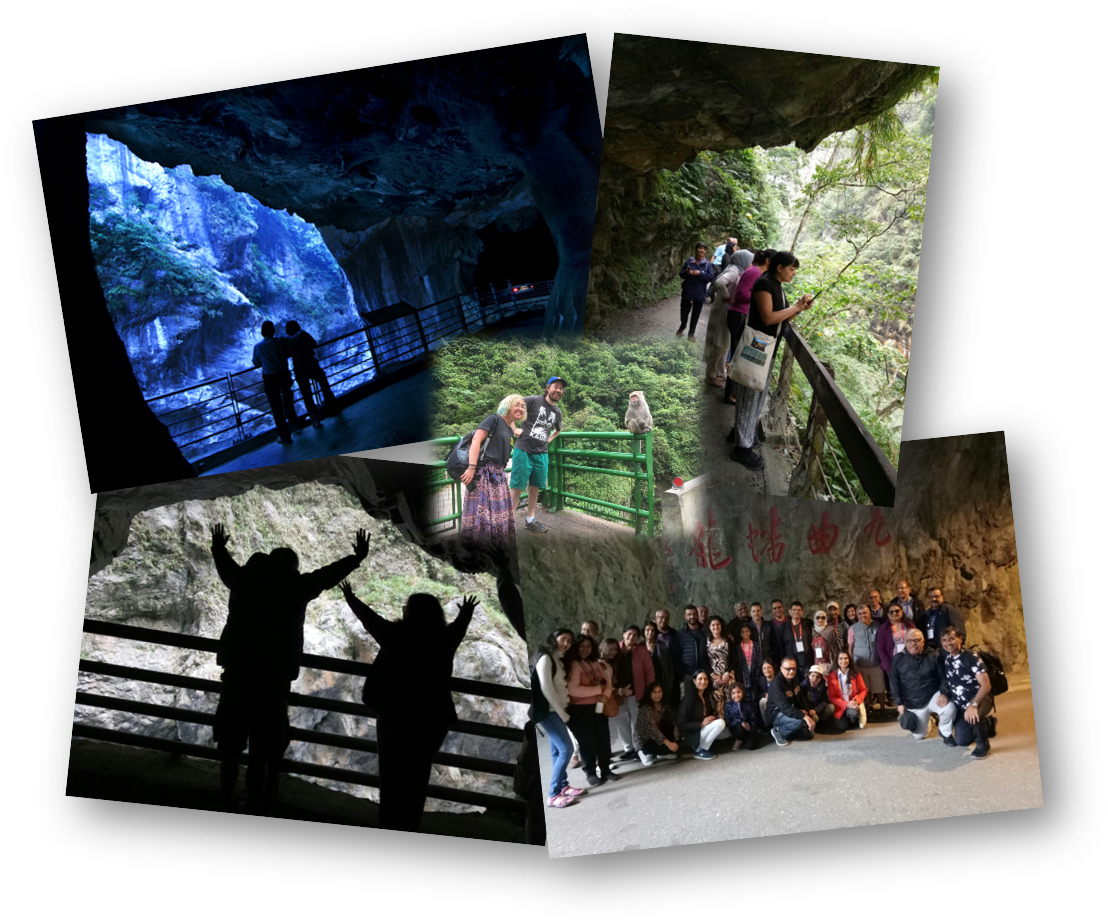
Swallow Grotto
This part of Taroko Gorge is composed of marble cliff faces covered with small holes, the result of long-term erosion by river and ground water. House swifts and Pacific swallows often forage and nest here, giving the place its name.
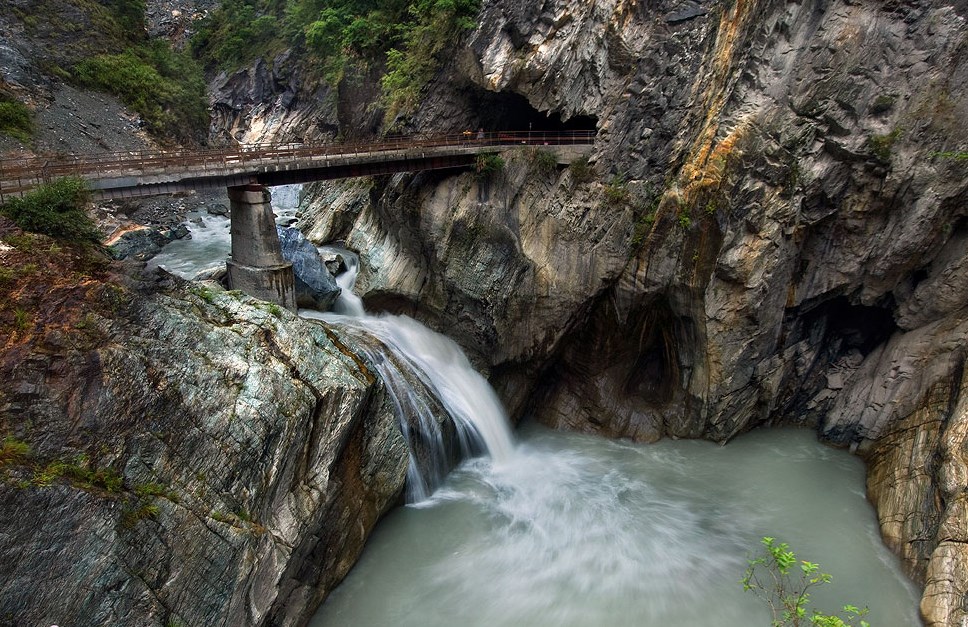
Baiyang Trail
The entrance of the Baiyang Trail is located about 300 meters from Tianxiang on the Central Cross-Island Highway. Near Wen Mountain (Wenshan), hikers will come upon the tunnel that is the beginning of the Baiyang Trail. Along the trail there are six tunnels of different lengths that provide a certain frisson as groups feel their way through the semi-darkness. The longer tunnels have solar-powered lights. This trail is particularly popular with locals, for it has an atmosphere of mystery and romance. A turn in the trail at the end of the third tunnel offers an excellent view of Tacijili River, and at the end of the sixth tunnel the truly spectacular goal of the trail, Baiyang Waterfall, comes into view. The water roars as it plunges into the deep pool that it has worn in the rock. The Baiyang Suspension Bridge offers spectacular views of the waterfall and the river valley. A seventh tunnel leads to a cave behind the falls; because of the danger of falling rocks, this area is closed to the public. Although this trail is not physically challenging, additional clothing may be necessary to ward off chilly air in the vicinity of the Baiyang Waterfall and back takes approximately 1.5 hours.
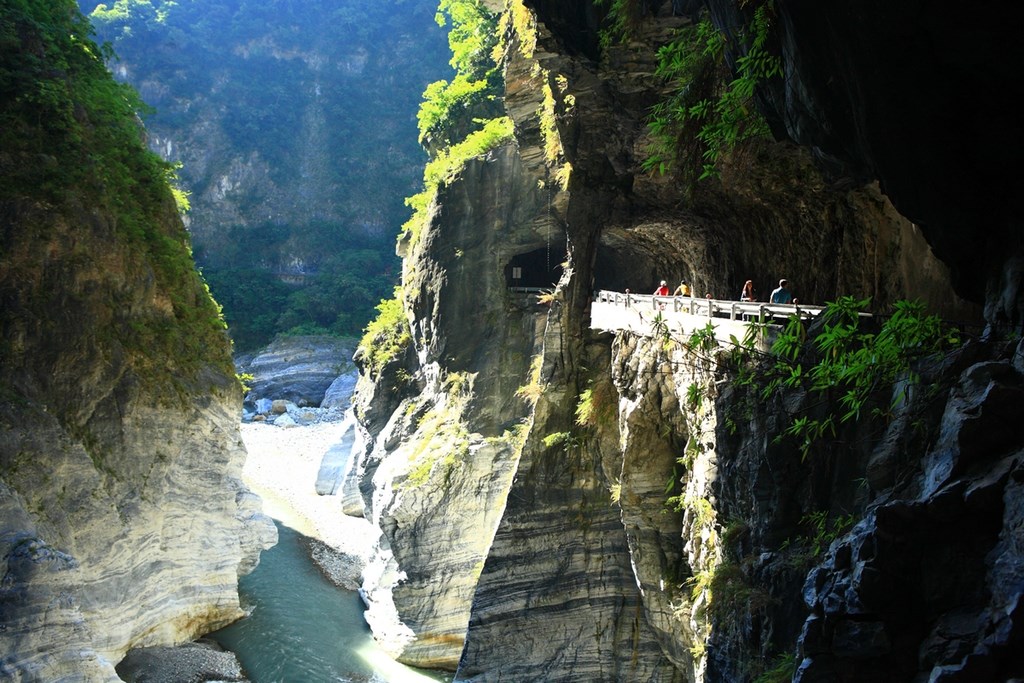
Tunnel of Nine Turns
The tortuous course cut by the river has produced a gorge of many curves, and the path of the highway that has been carved out of the cliff face here seems to be an endless aerie of turns. Hence the name, the gorge is so narrow that only a very narrow width is open to the heavens, in what the Chinese call "a thread of sky." The marble cliff face opposite the highway varies in color from deep gray to pure white in a multitude of changing designs. A walk through the Tunnel of Nine Turns takes about 30 minutes and gives access to enchanting scenes of the gorge, the river, stone strata, the tunnel itself, and the surrounding vegetation. This is one of the most scenic parts of the gorge, and the best place to observe the gorge's ecology.
-
v
v
v
-
Taroko Village Hotel or Silks Place Taroko
Breakfast at Hotel
Check out and transfer for 1 day tour
National Taroko Park - Qishintan beach - Taipei - Dihwa Street(Taipei Oldest Street for traditional shops)
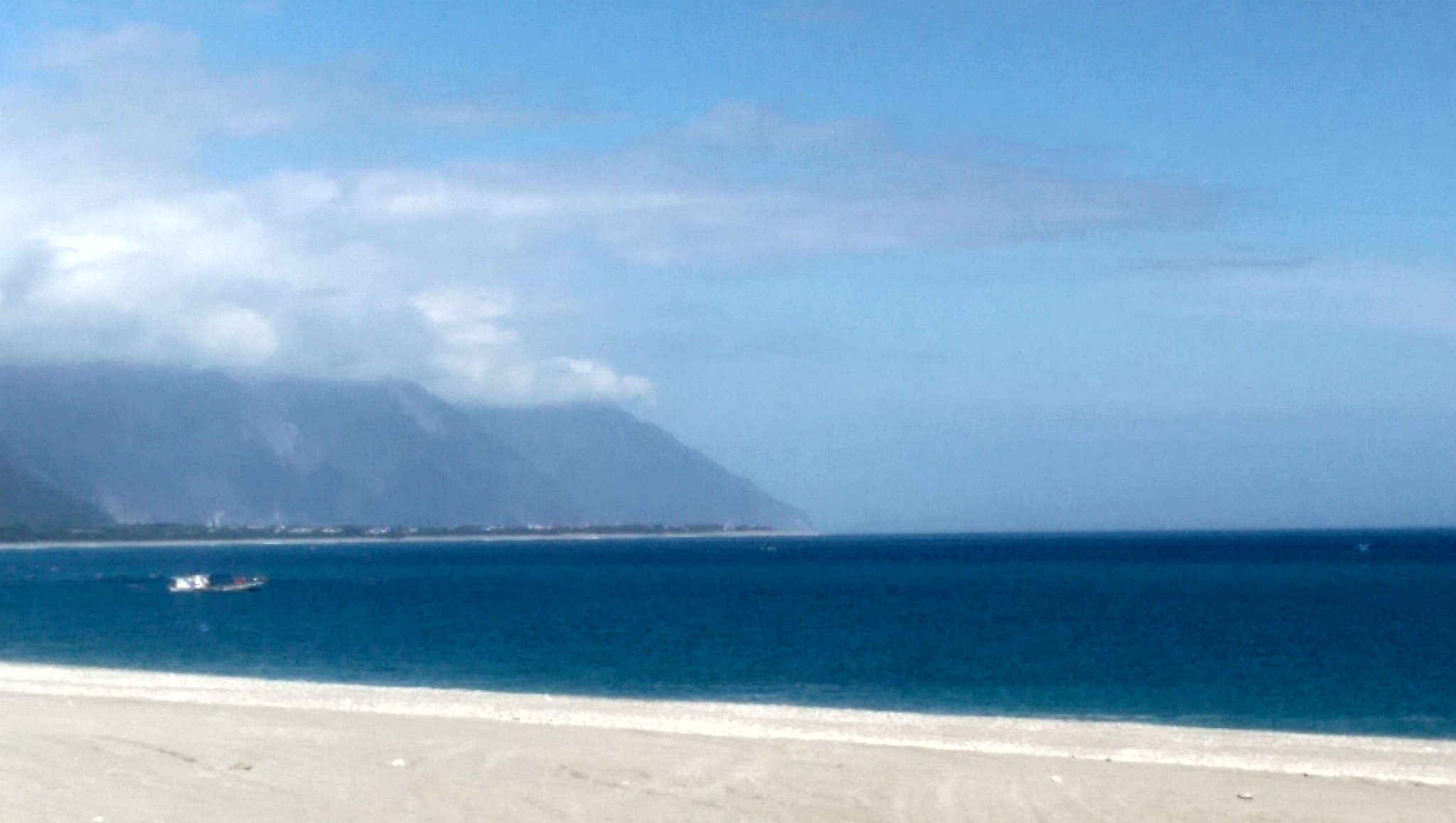
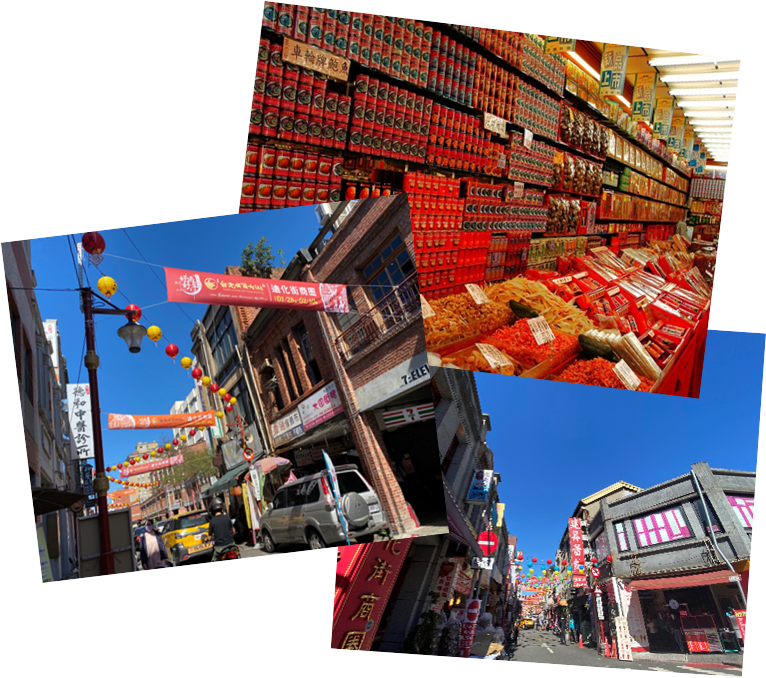

Qishintan Beach
Qixing Lake (Qixingtan) is located in Beipu Village, Xincheng Township, in the northeast of Hualien City. Visitors can get there via Meilun Industrial Park by following the signs in front of the National Dong Hwa University Meilun Campus. The beach there has an elegant arch shape. The seawater there is clean and blue. The black stones there are crystal. From here visitors can see the great green mountains afar and the twisting highways.
Qixing Lake (Qixingtan) is a poetic name in Chinese. It is said that there were lakes scattered around the National Dong Hwa University and Hualien Airport. They were filled in later as a result of construction. Today, the Qixing Lake (Qixingtan) area refers to the district located in the north of Meilun Industrial Park and Hualien Airport. There are sea valleys formed by faults and elegant bays with rich natural landscapes and cultural resources. From Qixing Lake (Qixingtan) people can look over the Qingshui Cliff. At night, people can appreciate the lights of the new city and Zongde District. There are many sightseeing spots in the area for recreational and educational trips.
The Qixing Lake (Qixingtan) Scenic Area is designated for the bicycle touring. Along the 21km tour from Nanbin Park in Hualien City to the scenic area via Hualien Harbor and the 48 Highlands, there are different views and scenes. The Hualien County Government even built a number of recreational facilities, such as the Stone Sculpture Park, the Star Watching Plaza, the Sunrise Building, and the children's playground. Explanatory notes on the seaside ecology are available near the fishing site. A windbreak forest is used to separate a seaside botanical garden where there are rich resources of seaside animals and plants. You will always be rewarded when traveling here.
Dihwa Street
Dihua Street Section 1 south of Taipei Bridge is the go-to place for all of your Lunar New Year shopping. This street is part of the historic Dadaocheng area, an early commercial and trading center of the city as far back as the late Qing period. In addition to New Year's supplies, there are a number of stores here selling tea, Chinese medicinal herbs, and wholesale cloth. The street has also lovingly preserved its old world charms over the years.
In the days leading up to the Lunar New Year Eve, Dihua Street is wall-wall people. To accommodate the crowd, the city government expanded the shopping area of the street in 2008, and linked it with Minsheng West Road, Nanjing West Road, Civic Boulevard, Ningxia Nig
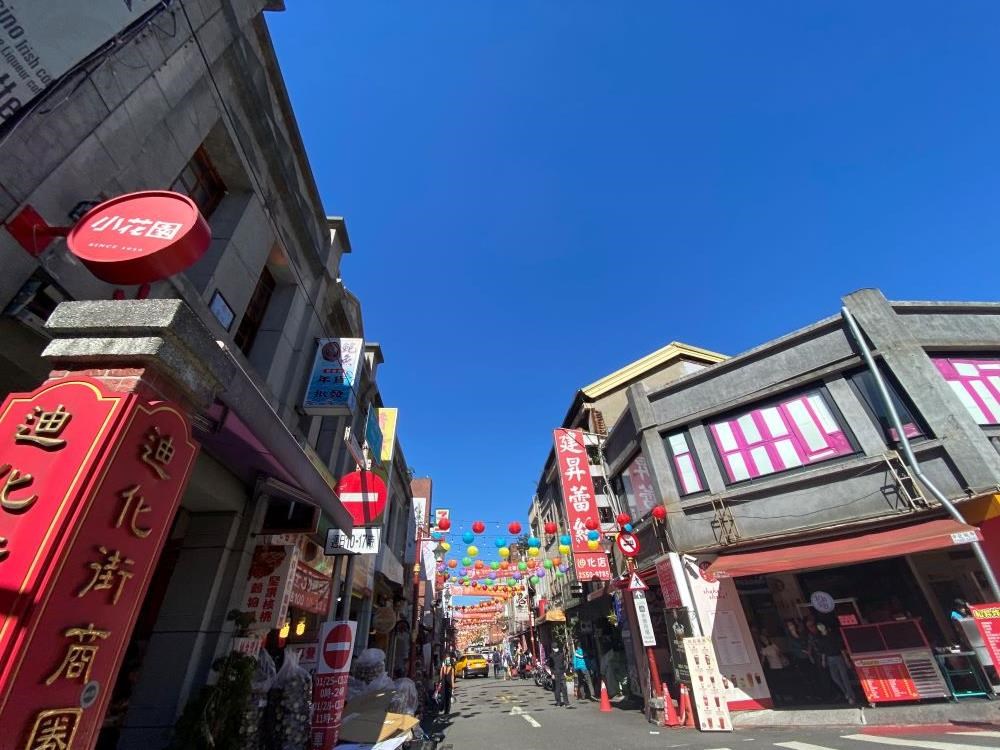
-
v
v
v
-
4-star or 5-star hotel in Taipei
Breakfast at Hotel
Check out and transfer for day tour and departure
National Palace Museum - Daxi Old Street - Departure
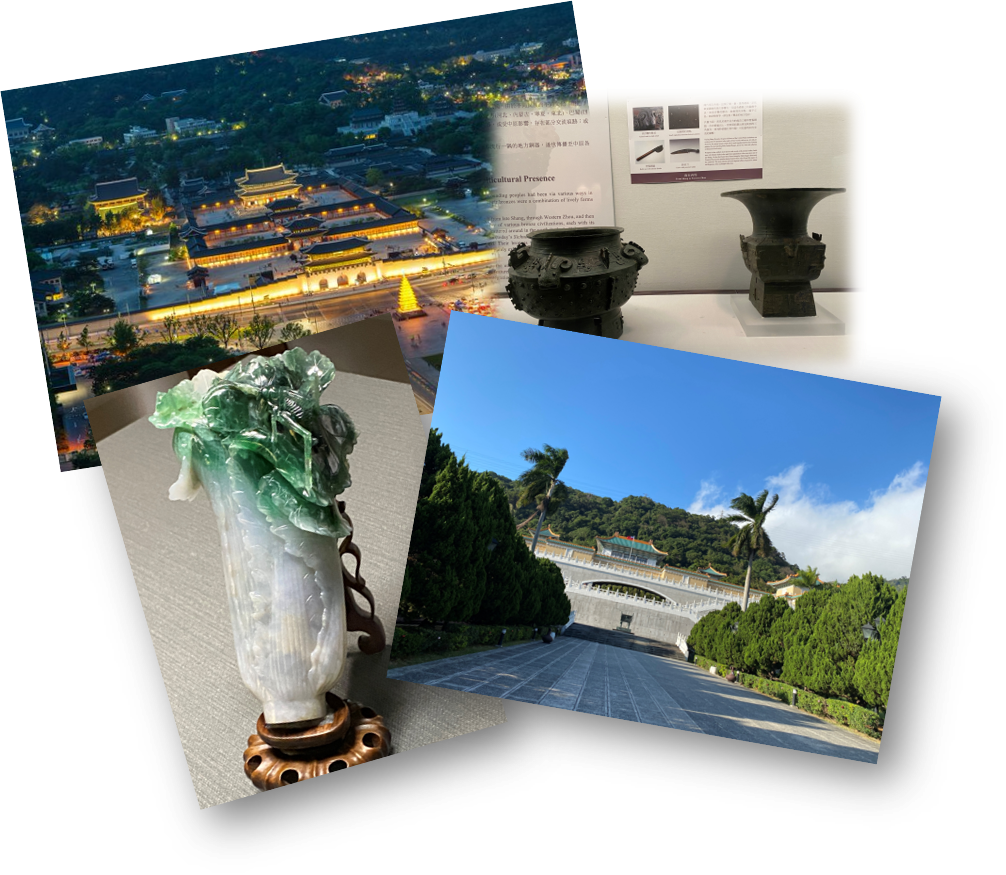
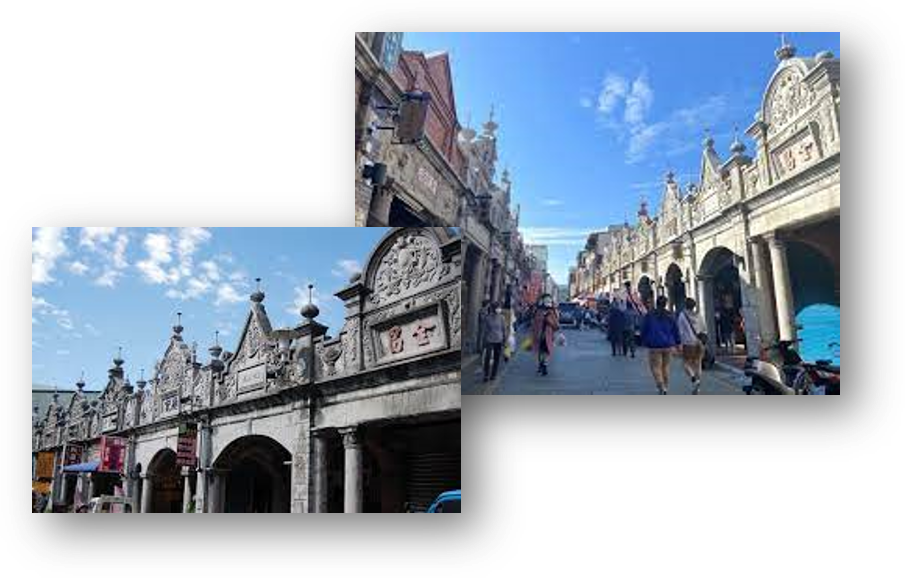
National Palace Museum
World's 20 most-popular museums - National Palace Museum Taiwan
The National Palace Museum displays the world's greatest and rarest collection of traditional Chinese art crafts and historical documents. These priceless treasures include ancient Chinese paintings, archeological remains of bronze weapons, ceramics, jade, sculptures, books and other antiques. With more than 700,000 items on display, many of which once belong in Beijing's Forbidden City. The National Palace Museum truly reflects the rich cultural heritage of Chinese civilization and ancient Chinese culture. The National Palace Museum was established in 1925 and was expanded and remodeled in 1965.
Daxi Old Street, Taoyuan
Daxi was the earliest developed area in Taoyuan. Thanks to small sailboats sailing between Dahan Creek and Tamsui River, Daxi had a thriving trade with China, and its prosperity brought success to many stores and businessmen. During the Japanese occupation period of the Taisho era, Baroque architecture was the popular building style and therefore many stores along Heping Road and Zhongshan Road were built in the Baroque style, but decorated with both Baroque ornamentation and characteristic totems of Min-nan in Southern China. On the facade of some old houses, auspicious Chinese fish and bat totems appear on Greek lintels or Roman columns, constituting a unique feature of Daxi. Because Heping Old Street was developed relatively later, the buildings in this area are better preserved. Specialty shops and food stands on the street always attract many tourists.
Other scenic attractions in the area include Daxi Bridge, Lee Teng-Fang Ancient Residence, Wude Temple, Daxi Wood Art Ecomuseum, etc. Daxi Old Street provides not only traditional Taiwanese toys, but also authentic must-try Taiwanese delicacies, including Daxi dried tofu, moonlight cakes, peanut caramel candies, tofu puddings, salty rice puddings and rice dumplings. When traveling in Taoyuan, be sure to visit Daxi Old Street, where you will experience the true Taiwanese flavor!
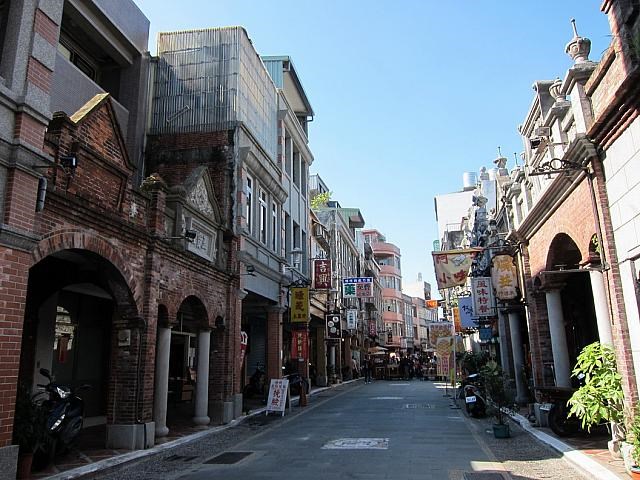
-
v
v
-
-
-
